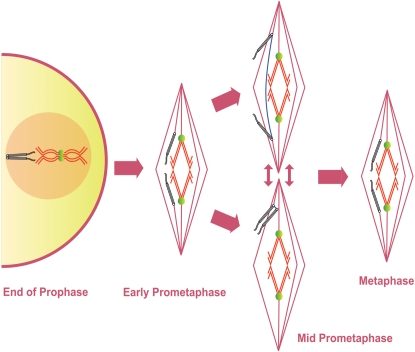Figure 9. A Revised Model of Prometaphase in Drosophila oocytes.
Diagram shows the presumed movement and co-orientation of a pair of chiasmate chromosomes and a pair achiasmate chromosomes starting at the end of prophase I until the metaphase I arrest as based on these studies. Chiasmate chromosomes (red) are locked at the spindle midzone with proper co-orientation due to the chiasmata (green) holding them together. Achiasmate chromosomes (black) are paired and co-oriented using heterochromatic pairings prior to GVBD. During mid-prometaphase achiasmate chromosomes can move towards opposite spindle poles or move towards the same pole. Achiasmate homologs can undergo cycles of separation and re-association that can result in dynamic movements on the meiotic spindle, including the crossing of the spindle midzone by achiasmate chromosomes. Achiasmate chromosomes (and potentially chiasmate chromosomes) are connected by heterochromatic threads during these movements and these threads potentially facilitate the rejoining of homologs (blue). During the poorly defined stage of late prometaphase achiasmate chromosomes congress to the metaphase plate. During metaphase I arrest the retracted chromosomes form a ‘lemon-shaped’ structure. Some heterochromatic threads likely persist through metaphase arrest until their complete resolution at anaphase but whether some threads are resolved at this stage cannot currently be determined.

